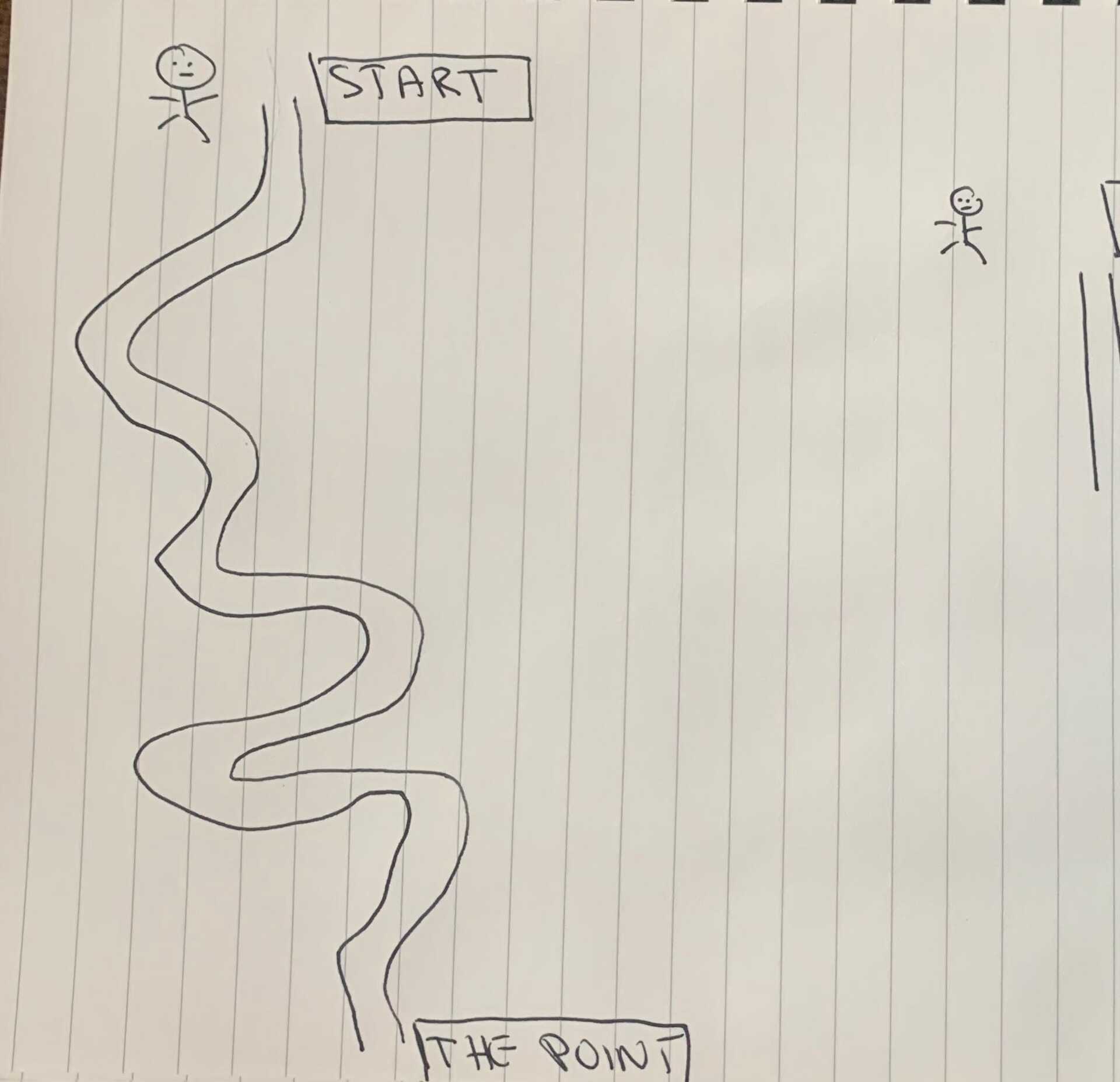
Last week marked the end of the Trump Show. It was fitting that President Biden’s inaugural address clocked in at 22 minutes, a break from Trump’s rambling rallies that would last hours. This week’s issue includes a praise of brevity and the need to match players to the playbook. Quick request: Please share this newsletter with someone you think would find it valuable -- and email me with feedback, particularly new features like Q&As and mini-profiles you’d like to see.
In praise of brevity

Quartz was right about one big thing: Most articles are too long. Quartz co-founder Kevin Delaney put it this way to me over five years ago: “A lot of the 800-word stories have been padded out with the B matter. It’s called B matter because it’s B grade, not A matter, which is the focal point of the story.”
Brevity is more important than ever. There is simply too much content let loose on the world these days. Perhaps this is the feeling of an Analog Native who grew up waiting for Sports Illustrated to arrive in mail and contented himself with four channels controlled by rabbit ears. (With Netflix, I’d certainly never have an encyclopedic knowledge of “Hogan’s Heroes.”) During early Digiday, we did some kind of personality exam that advised people dealing with me to “be brief, be bright, be gone.” Many publications could stand to heed that too.
When I’m listening to five minutes of throat clearing and nonsense to kick off a podcast, I’m reminded of Vacation when Cousin Eddie noted: “Not sure why they call it Hamburger Helper; does just fine on its own.” 90% of hour-long podcasts should be a half hour. No Clubhouse session should last an hour. Even a nationwide vaccination plan could use some editing.
The Substack Era is in many ways a reaction to the nonsense of the Scale Era, which saw algorithms reward flimsy content like embeds of viral tweets and idiotic SEO games that make finding a recipe a journey of self-discovery. The Substack world, I have noticed, gravitates to the essay format, sometimes presented as a “memo” of “deep dive” and invariably ending up long. Some of this is imitation. Many Substacks, consciously or not, mimic the approach taken by Stratechery. And it’s no coincidence that few Substacks have editors pushing the writers to be brief.
I hope this next interaction of digital media becomes more concise. Removing the unnecessary to get to the essence improves products and shows respect for the audience. “Engagement” is too often confused with time spent. The measure is actually just an imperfect gauge of value. Saving people time is always a good product strategy.
One hopeful sign: Podcasts are getting briefer. Podcasting’s boom was marked by leaders like Bill Simmons regularly dropping 90-minute episodes. That level of commitment escapes me. The newer model is “How It Happened,” a new Axios podcast with the insider view of Trump’s final days in office from ace White House reporter Jonathan Swan. The first two episodes clock in at under 20 minutes. “Vox Quick Hits” is going even briefer with daily episodes of 10 minutes.
Playbooks and players
The best playbook in the world won’t do much good if you don’t have the right players to execute the plays. The original idea at Digiday was to mimic All Things D with A talent at each position. That was impossible, since we couldn’t attract those people to what at the time was a brand on few people’s radars. That meant changing the playbook because the reality was, much of our team would be inexperienced. You need to match your plays to your players. If you’re going to have B players, or even C players, you need to adapt your plays so they can run them and improve. I don’t mean that to be insulting. People grow and improve, but you need to be honest about where they are when they’re running your plays. The type of people Business Insider, for example, hires to execute against its subscriptions playbook are different than those who run the mass-audience plays. This is one reason I believe we’ll see a premium put on those with the depth of expertise needed to create content worth paying for.
Quick hits
Andreessen Horowitz’s new media play, despite the sensitivity of the tech media, is a welcome development. A VC firm isn’t going to do journalism; they’ll bring a different lens to important issues. There’s too much zero-sum thinking about this (and most things in life).
BI has proven a lot of doubters wrong. Growing 20% in a plague year is impressive on its own, but what I’ve been most impressed by is how BI has used its strong position to scoop up top talent that will power it to realize disproportionate gains on the other side of the pandemic. Every crisis is an opportunity (for some).
The next evolution of the newsletter boom is underway. Forbes has its twist on newsletters, Pico gives more control to micro-media entities like Defector and The Generalist, and Twitter is now a player with its purchase of Revue. We’re seeing more writers move around for a model that works for them. Substack solves a particular problem for a particular group. There is room for other models.
Not all newsletter business models mean paid subscriptions. Trapital’s Dan Runcie goes over his switch from a paid model to one that is reliant on consulting gigs. The math of newsletter conversions — Dan got 7% conversion — will lead to a diversity of models, whether that’s consulting or courses.
I wrote a column for Press Gazette about the challenges facing the U.S. media after Trump leaves the scene.